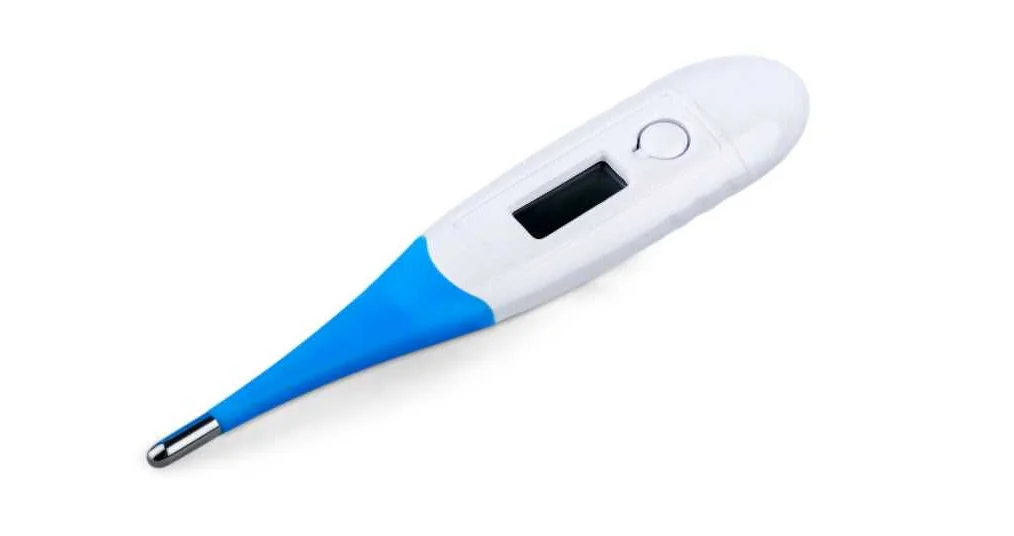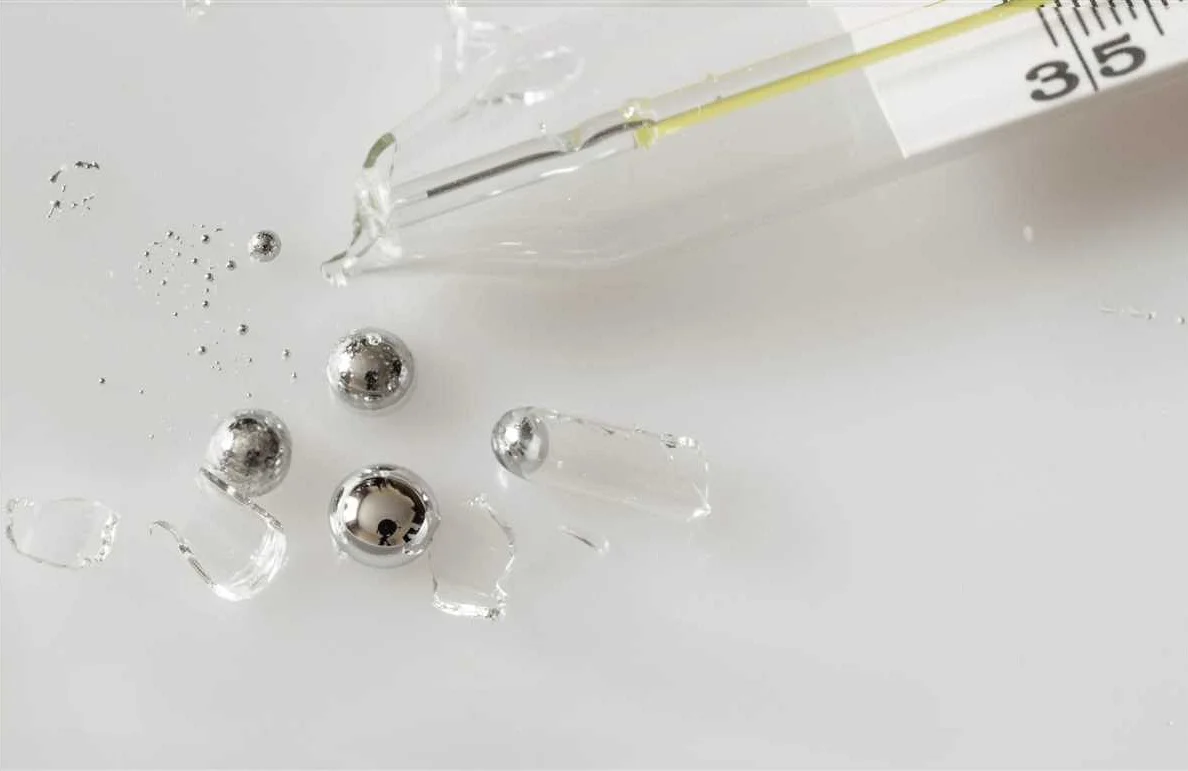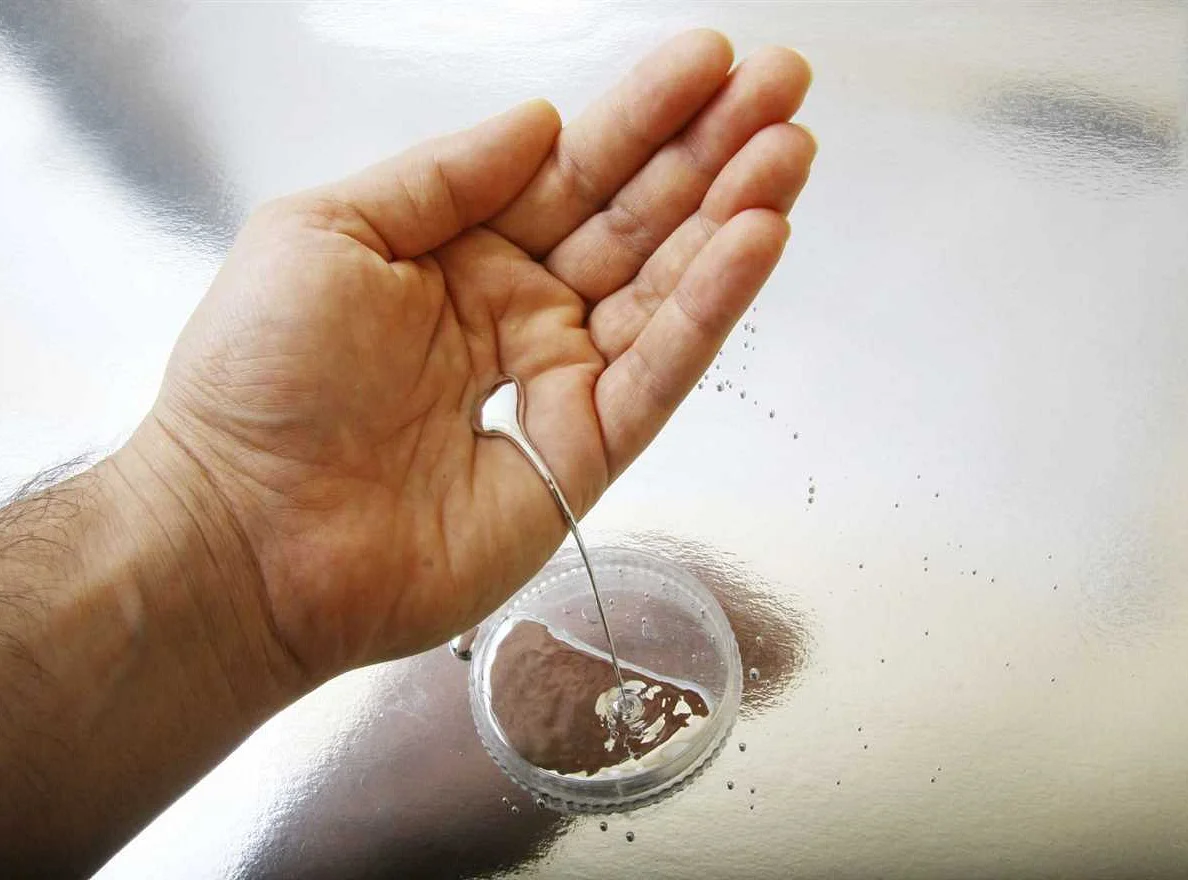What to do if a mercury thermometer breaks
Содержимое
Find out what steps to take if a mercury thermometer breaks to ensure your safety and properly clean up the spilled mercury. Learn how to safely dispose of a broken mercury thermometer and the potential health risks associated with mercury exposure.
If a mercury thermometer breaks, it is crucial to handle the situation with caution and care. Mercury is a toxic substance that can pose serious health risks if not properly cleaned up and disposed of. It is important to follow the necessary steps to ensure the safety of yourself and others, as well as to prevent any potential environmental contamination. This comprehensive guide provides detailed instructions on what to do if a mercury thermometer breaks, from initial steps to final cleanup and disposal.
Step 1: Assess the Situation
As soon as a mercury thermometer breaks, it is essential to assess the situation and determine the extent of the spill. Take a moment to evaluate the immediate surroundings and any potential risks or hazards. Isolate the area to prevent accidental contamination and keep others away from the scene.
Step 2: Protect Yourself
When dealing with a mercury spill, always prioritize your safety. Put on protective gloves and goggles to prevent any direct contact with the mercury. Avoid inhaling any vapors that may be released. If the spill is large or extensive, consider wearing a mask or respirator to further protect yourself.
Step 3: Gather the Necessary Supplies
Before starting the cleanup process, gather the necessary supplies. You will need a mercury spill kit, which typically includes a mercury vacuum, adhesive tape, a mercury disposal container, and disposable gloves. Additionally, have a flashlight and a magnifying glass on hand to help locate any small droplets or beads of mercury that may be difficult to spot.
Step 4: Clean Up the Spill
Begin the cleanup process by carefully using the mercury vacuum and adhesive tape to collect any visible mercury droplets. Be cautious not to spread the mercury or push it into porous surfaces. Use the flashlight and magnifying glass to identify and collect any small, hard-to-see droplets. Place all collected mercury in the disposal container, ensuring that it is securely sealed.
Step 5: Dispose of the Mercury Properly
Proper disposal of mercury is crucial to prevent any further contamination. Contact your local hazardous waste management facility or health department for guidance on how to dispose of the mercury safely. Do not pour mercury down the drain or throw it in the trash, as this can lead to environmental pollution. Follow the recommended procedures for safe disposal to ensure that the mercury is handled and disposed of properly.
Following these steps and taking the necessary precautions will help ensure the safe cleanup and disposal of a broken mercury thermometer. Remember, mercury is a hazardous substance that requires proper handling to protect yourself, others, and the environment.
Understanding the Dangers:

Mercury thermometers can pose serious health risks if they break. Mercury is a toxic substance that can vaporize into the air and be inhaled, leading to potential health problems. The vaporization of mercury can also contaminate surfaces and objects, further increasing the risk of exposure.
Exposure to mercury vapor can cause a range of symptoms, including respiratory issues, neurological problems, and damage to the kidneys and liver. It is particularly dangerous for pregnant women, infants, and young children, as their developing systems are more vulnerable to the effects of mercury exposure.
Ingesting or touching mercury can also be harmful. If mercury comes into contact with skin, it can be absorbed into the body and cause irritation, rashes, or even chemical burns. If swallowed, mercury can lead to serious internal damage, affecting the digestive system and potentially causing organ failure.
It’s crucial to understand the dangers associated with a broken mercury thermometer to take immediate action and minimize the potential risks. This includes evacuating the area, ventilating the space, and following proper cleanup procedures to ensure the safety of everyone involved.
Recognizing the Hazardous Substance
When a mercury thermometer breaks, it releases small beads or droplets of elemental mercury. It is crucial to identify these hazardous substances to ensure proper cleaning and disposal.
Mercury is a dense, silver-white liquid metal that has a distinctive appearance. It has a shiny surface and forms small, spherical beads when it spills. These beads may roll across surfaces and accumulate in small crevices or corners.
It is important to note that elemental mercury is odorless and tasteless, making it difficult to detect through smell or taste. Therefore, visual identification is essential.
If you see any silver-colored beads or droplets, it is essential to proceed with caution. Avoid direct contact with the mercury and take immediate steps to contain and clean up the spill.
Moreover, it is important to remember that mercury can evaporate at room temperature and release toxic vapors. Therefore, it is vital to ventilate the area by opening windows and doors.
By recognizing the hazardous substance, you can take the necessary precautions to minimize exposure and prevent further contamination.
Assessing the Risks

When a mercury thermometer breaks, it is important to assess the risks associated with the situation. Mercury is a toxic substance and can be harmful if not handled properly. Here are some key factors to consider when assessing the risks:
- Extent of the mercury spill: Determine how much mercury has been released from the thermometer. A larger spill poses a greater risk and requires more extensive cleanup.
- Location of the spill: Consider where the spill has occurred. If it is in a confined space or an area with poor ventilation, the concentration of mercury vapors may be higher, increasing the risk of exposure.
- Duration of exposure: The longer the exposure to mercury vapors, the higher the risk of harmful effects. It is important to limit the time spent in the contaminated area and ensure prompt cleanup.
- Age and health of individuals present: Infants, young children, pregnant women, and individuals with pre-existing health conditions may be more susceptible to the toxic effects of mercury. Assessing the risks to these individuals is crucial.
- Proximity to sensitive areas: If the mercury spill occurs near sensitive areas such as water sources or food preparation areas, the risk of contamination and potential harm may be higher. Take necessary precautions to prevent further spread.
Remember, assessing the risks associated with a broken mercury thermometer is important to protect yourself and others from potential harm. It is always recommended to consult with professionals or local authorities for guidance on proper cleanup and disposal procedures.
Knowing the Health Effects
When a mercury thermometer breaks, it can release small amounts of mercury into the surrounding environment. Mercury is a toxic substance that can have harmful effects on human health if not handled properly. Understanding the health effects of mercury exposure is crucial to protecting yourself and others.
The health effects of mercury exposure depend on the level of exposure and the duration of exposure. Short-term exposure to high levels of mercury vapor can cause symptoms such as coughing, chest pain, difficulty breathing, nausea, vomiting, diarrhea, and fever. In severe cases, it can lead to lung damage, respiratory failure, and even death.
Long-term exposure to low levels of mercury can also have serious health effects. It can damage the brain, kidneys, and developing fetus in pregnant women. It can also affect the nervous system, leading to symptoms such as tremors, memory loss, irritability, and changes in vision or hearing.
Children and unborn babies are particularly vulnerable to the health effects of mercury exposure. It can impair their cognitive and motor skills development, leading to learning disabilities and developmental delays.
If a mercury thermometer breaks, it is important to take immediate action to minimize exposure and reduce the risk of health effects. This includes ventilating the area, avoiding direct contact with the spilled mercury, and following proper cleanup and disposal procedures.
In case of exposure to mercury, it is important to seek medical attention. A healthcare professional can assess the level of exposure and provide appropriate treatment. They may also recommend blood and urine tests to check for mercury levels in the body.
Overall, understanding the health effects of mercury exposure is crucial for taking prompt and appropriate action in case of a mercury thermometer break. By knowing the risks and following proper safety measures, you can protect yourself and others from the harmful effects of mercury.
Ensuring Personal Safety:

When dealing with a broken mercury thermometer, it is crucial to prioritize personal safety to minimize the risk of mercury exposure. Follow these steps to ensure your safety:
- Keep calm: Although a broken thermometer can be alarming, it is important to stay calm and maintain a composed state of mind. Panic can lead to hasty and potentially dangerous actions.
- Protect yourself: Before doing anything else, put on protective gear such as gloves and safety glasses. This will help prevent direct contact with the broken glass and any potential mercury residue.
- Isolate the area: Clear the immediate vicinity around the broken thermometer to avoid spreading any mercury contamination. Close off the area and restrict access to minimize the risk of exposure.
- Open windows: If the thermometer breaks indoors, open windows to allow for proper ventilation. This will help dissipate any mercury vapor that may have been released into the air.
- Avoid vacuuming or sweeping: Avoid using a vacuum cleaner or broom to clean up mercury, as this can cause the mercury to vaporize and spread further. Instead, focus on containing and collecting the mercury safely.
- Use disposable gloves: Put on disposable gloves before handling any broken pieces of glass or mercury. This will protect your skin from direct contact and absorption.
- Scoop up mercury beads: Carefully use a piece of cardboard or stiff paper to scoop up any visible mercury beads. Avoid touching them directly with your hands.
- Use tape or sticky substance: Press sticky tape or a sticky substance (such as duct tape or an adhesive putty) against the remaining small mercury droplets to pick them up.
- Place items in a sealable container: Transfer the collected beads and small droplets into a sealable container. This will prevent further contamination and potential exposure.
- Dispose of the container: Contact your local hazardous waste disposal facility to learn about the proper method of disposing of mercury-containing waste. Do not dispose of it in regular trash bins.
- Wash hands thoroughly: After completing the cleanup process, remove your gloves and wash your hands with soap and water for at least 20 seconds. This will help remove any potential traces of mercury.
Remember, if you are unsure or uncomfortable cleaning up a broken mercury thermometer yourself, it is always best to contact a professional hazardous waste cleanup service.